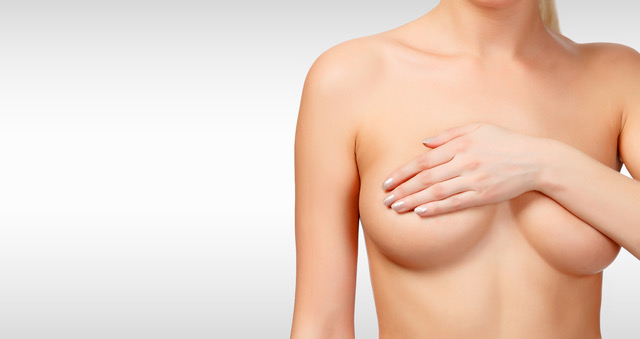Breast cancer is still the second leading cause of cancer death in women after lung cancer. Even after all the research, publicity and awareness it still comes down to self-examination and being pro-active. The more you learn about breast cancer causes, symptoms, and treatments the more likely you will be able to take steps to prevent it.
You have to get familiar with your breasts so you can notice even the smallest change in them, it’s not just about finding a lump!
In fact, preliminary research presented at the UK-based National Cancer Research Institute’s 2016 conference suggests that 1 in 6 women diagnosed with breast cancer first report a symptom other than a lump. As there’s not as much awareness of these less common breast cancer symptoms, this might be causing a delay in early diagnosis and treatment. You should never stop inspecting your breasts, in the new study, 83 percent of the women who had breast cancer symptoms and were diagnosed found a lump first. However, a little more awareness of other signs can’t hurt.
Here are some tips on what to watch out for.
• Skin irritation or dimpling
A rough patch of skin that feels scaly or thicker than usual or skin that starts to dimple can signal breast cancer. With some breast cancers, channels that go from the inside of the breast to the skin become blocked, resulting in skin changes that make the breast look like it’s covered with an orange peel.
• Breast or nipple pain
Many things can cause pain in your breasts or nipples, like PMS, pregnancy, or even menopause. But if you notice persistent pain along with other breast cancer symptoms, it’s important to report the experience to your doctor—regardless if it’s a sharp twinge or a dull ache.
• Nipple retraction
Some breast cancers will cause what’s called nipple inversion or retraction, in which the nipple turns inward. Typically, that’s because a mass is growing inside the breast and changes its shape. In the recent research, 7 percent of the women who were diagnosed with breast cancer reported nipple abnormalities.
• Nipple discharge
Another possible nipple abnormality can be discharge that’s not breast milk. Nipple discharge is most often not cancer, but it’s important to see a doctor immediately if the discharge comes out without you touching or squeezing the nipple, especially if it’s bloody and only affecting one side.
• Color or texture changes
This can include redness, darkening, scaliness, or thickening of the nipple or breast skin. One type of breast cancer called Paget disease—a rare form that starts at your breast ducts and spreads to the nipple and areola—is often accompanied by a rash.
Not all women who have a risk factor—or even multiple risk factors—will develop breast cancer. And some women who have no known risk factors still end up being diagnosed.
And according to Prevention.com there are breast cancer lifestyle risk factors you can control:
- Drinking alcohol
- Being overweight or obese
- Not exercising
- Having kids later in life
- Not breastfeeding
- Taking birth control
- Using hormone therapy after menopause
And those you cannot change:
- Being a woman
- Getting older
- Having certain inherited genes
- Having a family history of breast cancer
- Having breast cancer in the past
- Your race and ethnicity
- Having dense breast tissue
- Getting your period early
- Going through menopause after 55
- Having radiation to your chest as a kid
- Exposure to DES (a synthetic form of estrogen)
You know your body best, so never be afraid to go to your doctor even if the change you notice seems insignificant—it could save your breasts and more importantly—your life.
 Food
Food Farmers
Farmers Sustainable Living
Sustainable Living Living Planet
Living Planet News
News